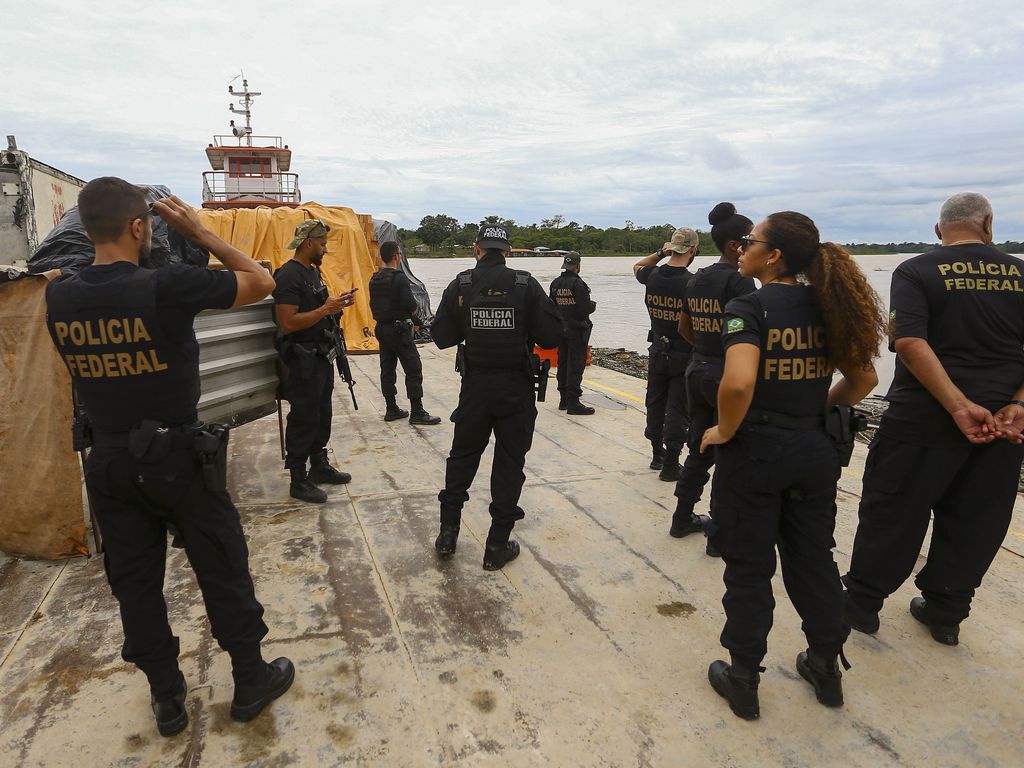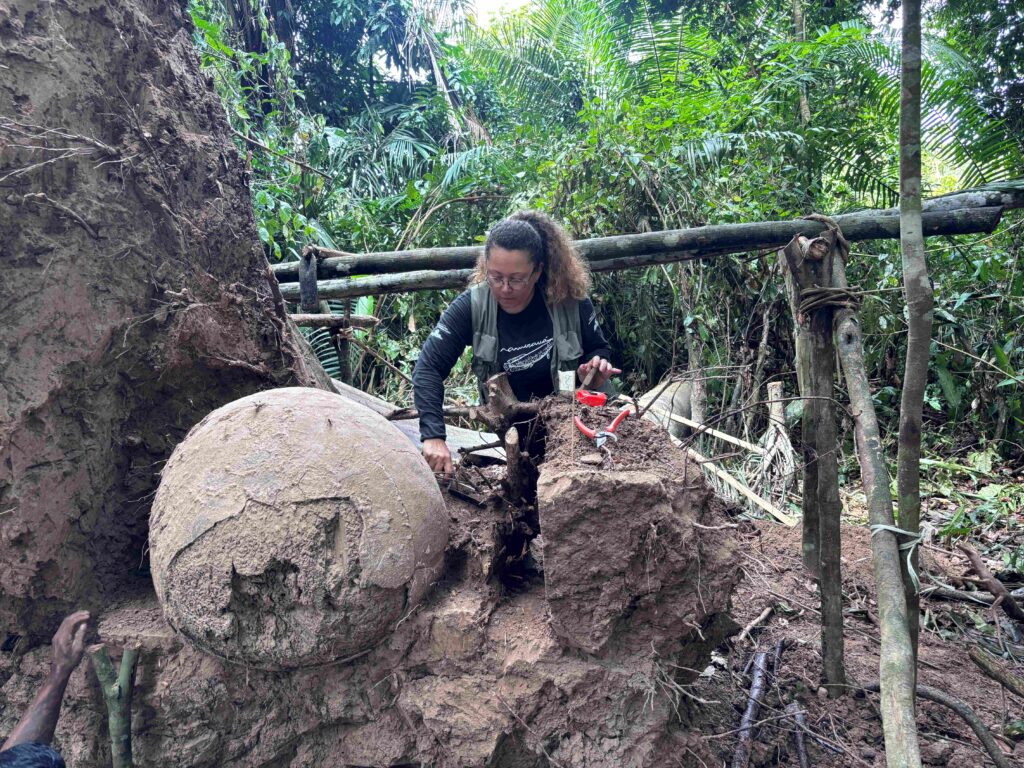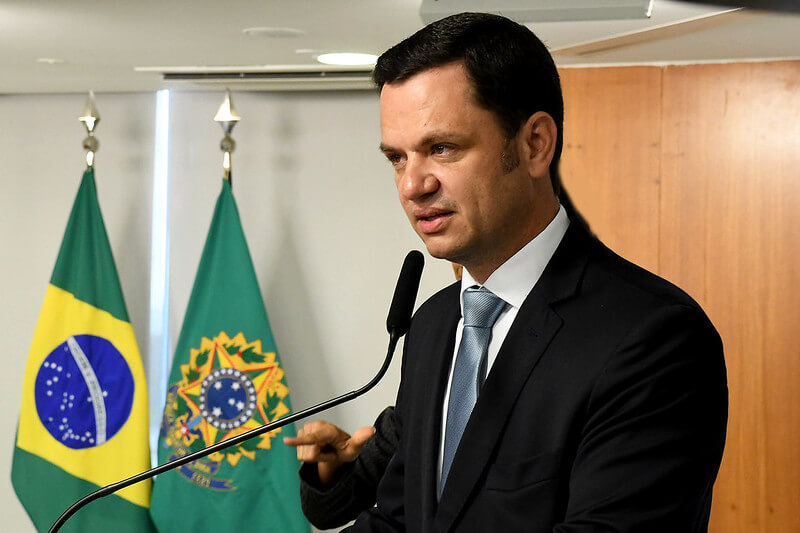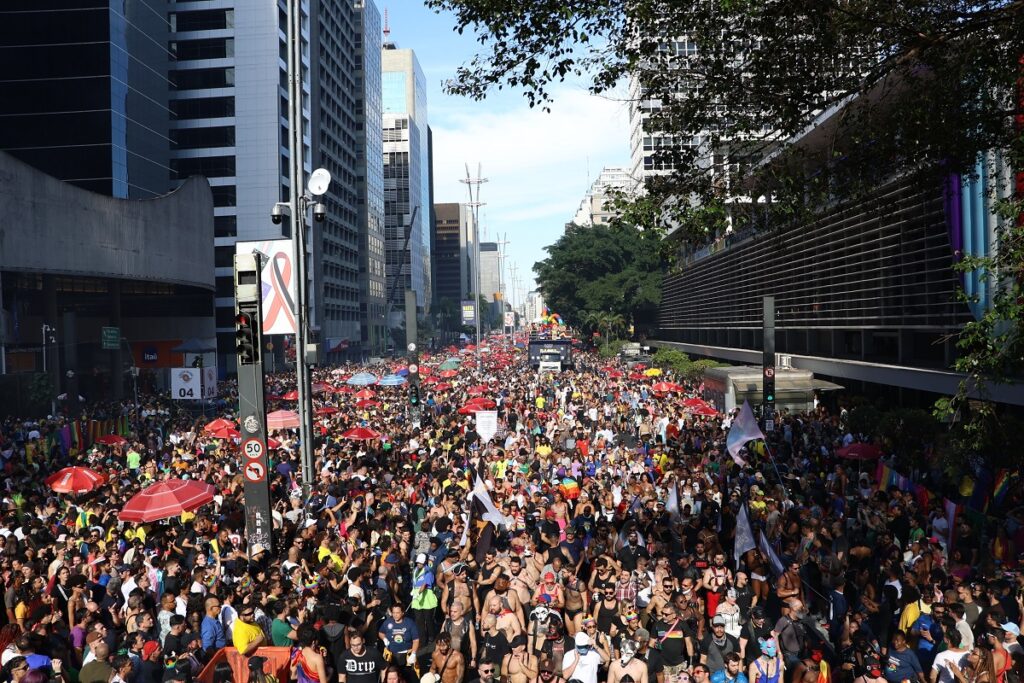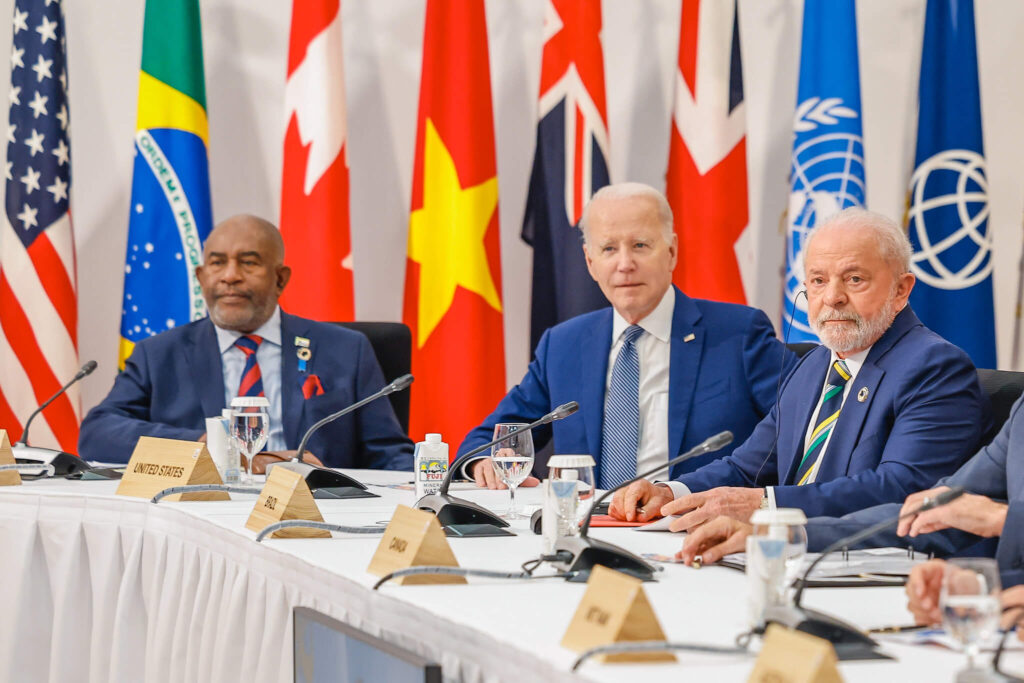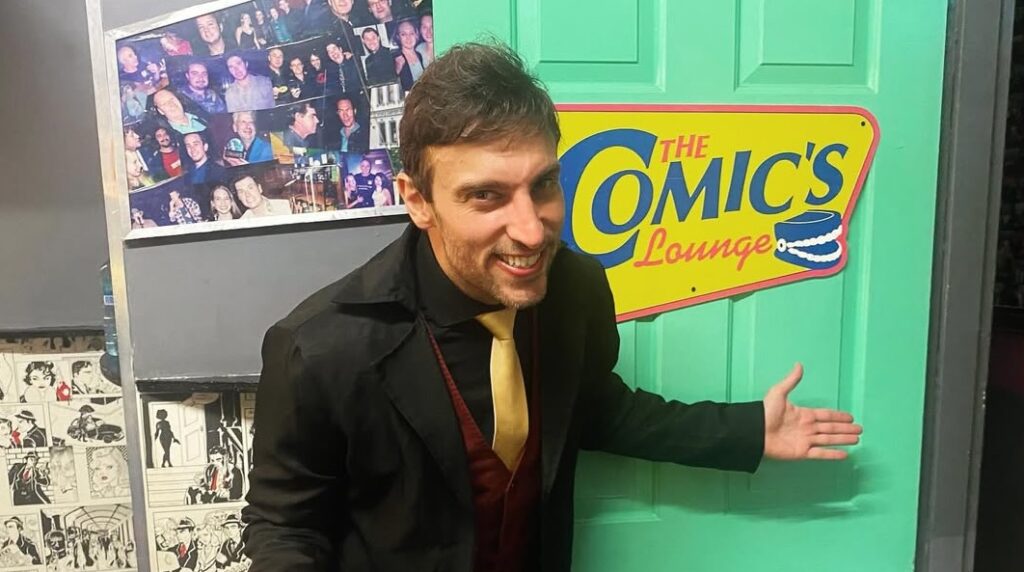São Paulo, Brazil – One month after Brazil’s government launched a major operation to combat illegal activity in the Javari Valley, Brazil’s second largest Indigenous reserve, the situation hasn’t improved much, according to an Indigenous leader from the area.
Illegal mining, logging, fishing, and drug trafficking have plagued the Indigenous people of the Javari Valley for years, and the region gained worldwide attention last June after Indigenous activist Bruno Pereira and British journalist Dom Phillips were murdered while reporting in the territory.
On February 27, a delegation that included Brazil’s Minister of Indigenous Peoples Sônia Guajajara; President of the National Indian Foundation (Funai) Joênia Wapichana; representatives from various ministries as well as the Federal Police; the United Kingdom’s Ambassador to Brazil Stephanie Al-Qaq; and Beatriz Matos and Alessandra Sampaio, the widows of Pereira and Phillips, visited the region to declare the start of the security operation.
The operation aims to remove all land invaders from the Indigenous territory, giving back control of the region to its Indigenous peoples.
In an effort to understand how the operation is going, Brazil Reports spoke with Dr. Eliesio Marubo, the legal coordinator for the Union of Indigenous Peoples of the Javari Valley (Univaja), an organization that represents Indigenous peoples in the region, as well as a former colleague of Pereira’s at Univaja.
When asked if he has seen any improvement in the situation since the operation began, he said that “It’s not possible yet” to see any improvements.
A long history of land grabbing in the Javari Valley
The Javari Valley Indigenous land is the second-largest indigenous reserve in Brazil, behind the Yanomami Indigenous territory on Brazil’s northern border with Venezuela.
It extends 8.5 million hectares (21,003,957 acres) through the western state of Amazonas, near the border with Peru and Colombia. The valley is home to 6,317 indigenous people from 26 different ethnic groups, 19 of which live in complete isolation.

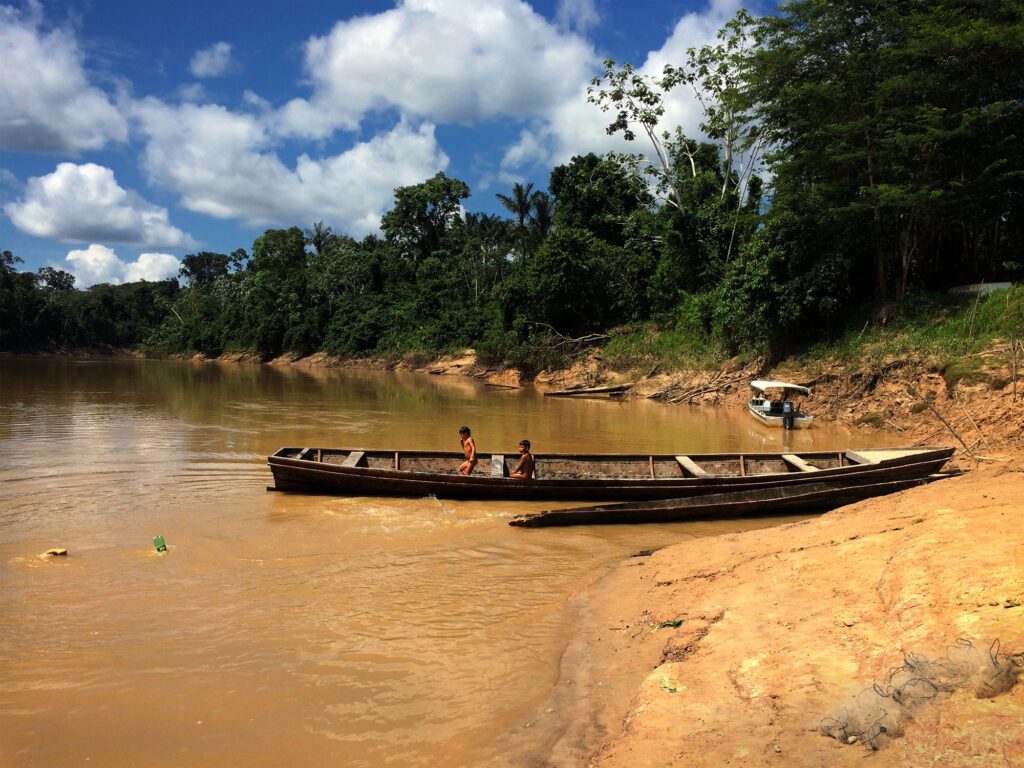
According to Eliesio Marubo, the Javari Valley and the Yanomami territory share similar problems, such as land invaders, unbridled exploitation of natural resources, and an overall lack of security for the Indigenous communities that inhabit both areas.
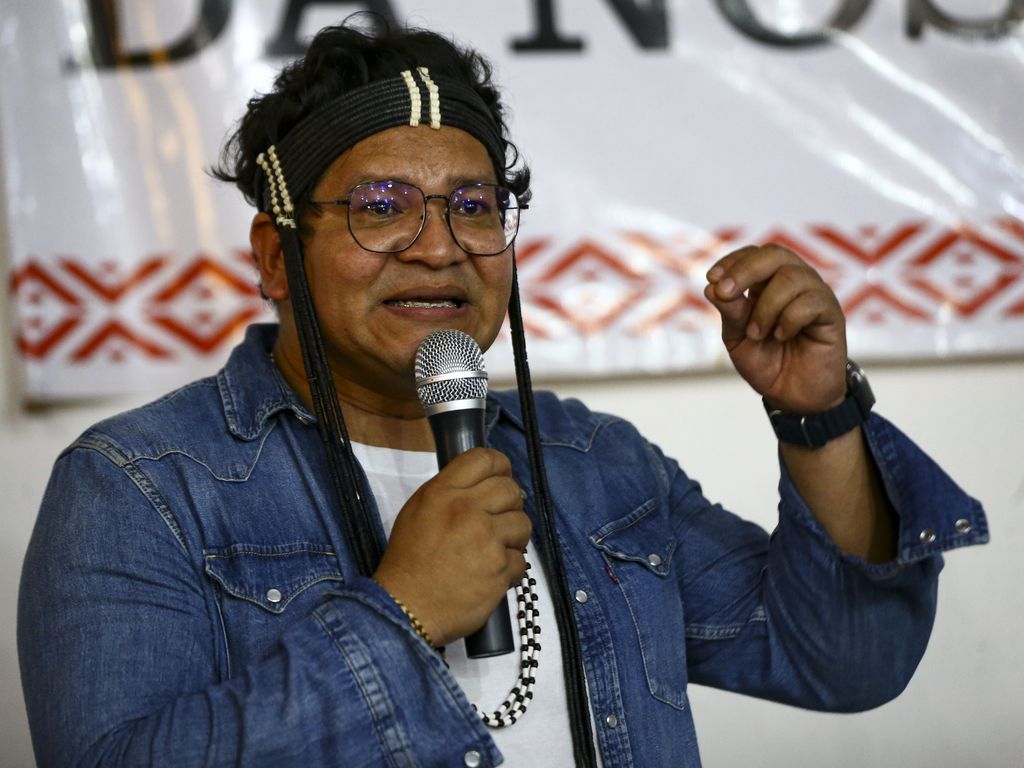
“The only difference between our region and the Yanomami region is that we haven’t had such a terrible time as the Yanomami have had there from the point of view of food security, but everything else is much the same,” said Eliesio Marubo. (In January, President Luiz Inácio Lula da Silva declared a health emergency in the Yanomami territory after finding that 570 indigenous children under five years of age have died from malnutrition in recent years.)
However, like the situation of the Yanomami peoples, the plight of communities living in the Javari Valley had also worsened under the administration of former President Jair Bolsonaro, who gutted institutions that protect indigenous territory, and, through his rhetoric, effectively encouraged illegal mining on Indigenous lands.
“Certainly the Bolsonaro government was one of the worst governments in the history of the country. We only saw this kind of crime against Indigenous populations with the full support of the state during the military dictatorship,” said Eliesio Marubo. Brazil’s military dictatorship, which lasted from 1964 to 1985, was notoriously brutal towards the country’s Indigenous population.
Because of the Javari Valley’s proximity to Colombia and Peru, two major cocaine producing countries, drug trafficking has also taken hold in the region.

According to Eliesio Marubo, drug trafficking routes have been set up in the Indigenous reserve, resulting in the constant presence of traffickers and illegal armed groups that threaten the existence of Indigenous communities.
“We all suffer death threats,” he said. “All of our leaders, including me, have been walking with an armed escort.”
The current situation is an affront to Indigenous people’s way of life, he said, adding that the government must give “a response capable of stopping this type of aggression” against the community.
What we know about the government’s operation thus far
Brazil Reports contacted the Brazilian government, including the Ministry of Defense, the Justice Ministry, the Ministry of Indigenous Peoples, as well as Funai, for information regarding the progress of the operation in the Javari Valley.
We inquired about the number of personnel involved in the operation, the deadline for the operation’s conclusion, and if the government would heed Indigenous leaders’ demands to keep a permanent presence of security forces in the region to protect the communities.
None of our inquiries have been answered at the time of publishing.
However, some operations in the region have been made public in local news reports in recent days.

On March 23, police and members of the Brazilian Institute of the Environment and Renewable Natural Resources (IBAMA) destroyed three rafts and a tug boat positioned by miners in the Boia river in western Brazil. The rafts were used by illegal miners to dredge the river in search of precious metals.
Federal Police also set up a river base that can house up to 200 policemen in the region that will serve to support operations.
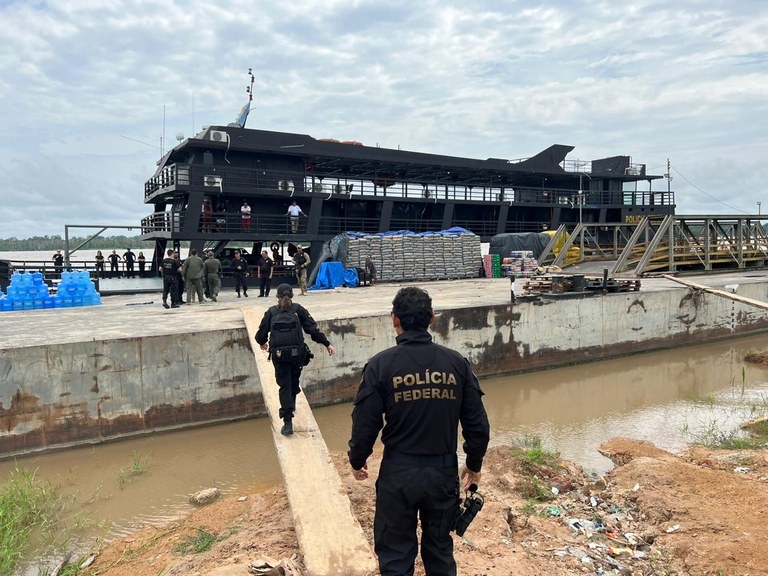
On March 20, Supreme Federal Court President Rosa Weber visited the Javari Valley, the first time that a president of Brazil’s highest court had ever visited the region.
In the village of Paraná, Weber met with Indigenous leaders, including Eliesio Marubo, in an attempt to bring the judiciary closer to the issues affecting Brazil’s native populations.
Weber promised that the Supreme Court would resume a debate surrounding the so-called “time frame” thesis, a measure that restricts the rights of Indigenous people.

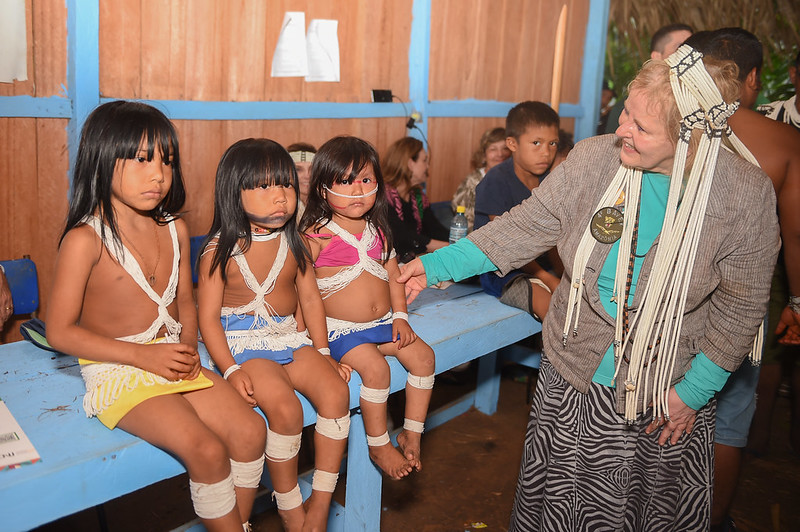
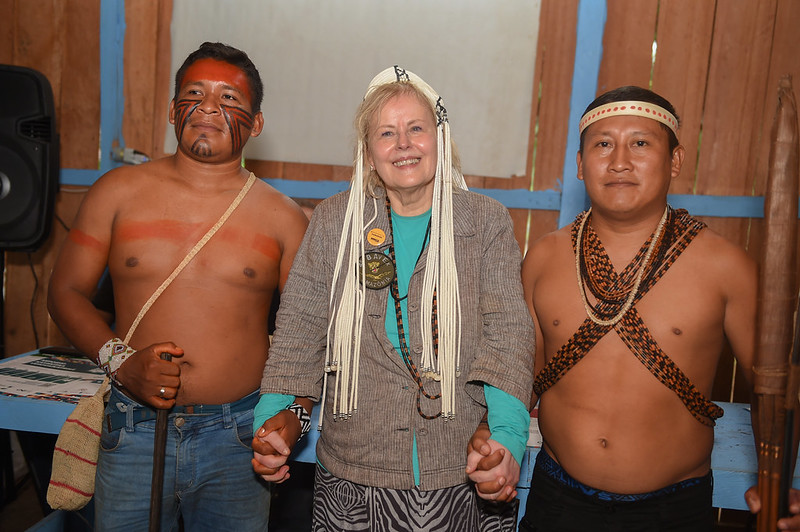
The thesis argues that indigenous land can only be demarcated by the government if the people who inhabit it can prove, via documentation, that the land was in their possession on October 5, 1988, the date of the declaration of Brazil’s Constitution after the fall of its military dictatorship.
In practice, the requirement makes the demarcation of new indigenous reserves in Brazil unfeasible, since the communities are unlikely to be able to prove, through documentation, the exact date of the beginning of their occupation of a given region.
What the Javari Valley Indigenous community needs going forward
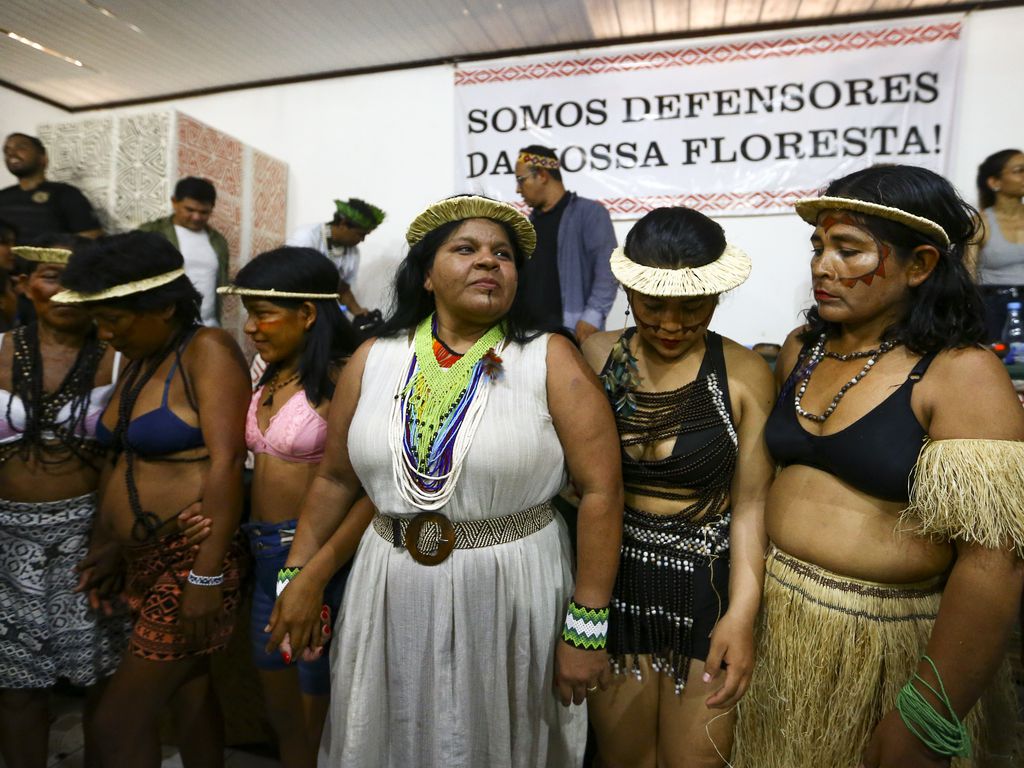
According to Eliesio Marubo, during Indigenous Peoples Minister Guajajara’s February 27 visit to the region, Univaja requested that security forces remain in the Javari Valley indefinitely to protect Indigenous communities from illegal mining, drug traffickers, and other land invaders.
“[Minister Guajajara] fully attended to Univaja’s agenda, in the sense of strengthening the organizations of the government. Funai, IBAMA, and the Federal Police need to be closer (to the communities) and the minister has been moving in this direction,” said Eliesio Marubo.
He understands, however, that the situation in the Javari Valley cannot be resolved overnight.
“We understand that it will not be possible to resolve this in the short term, but we understand that this is a government policy. Our top priority is safety,” said the leader from the Javari Valley.


